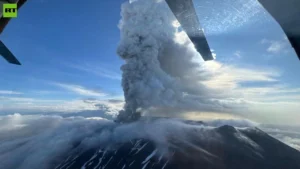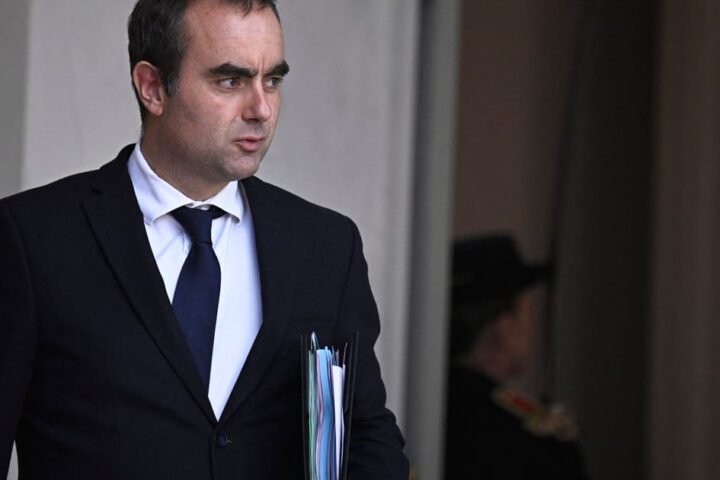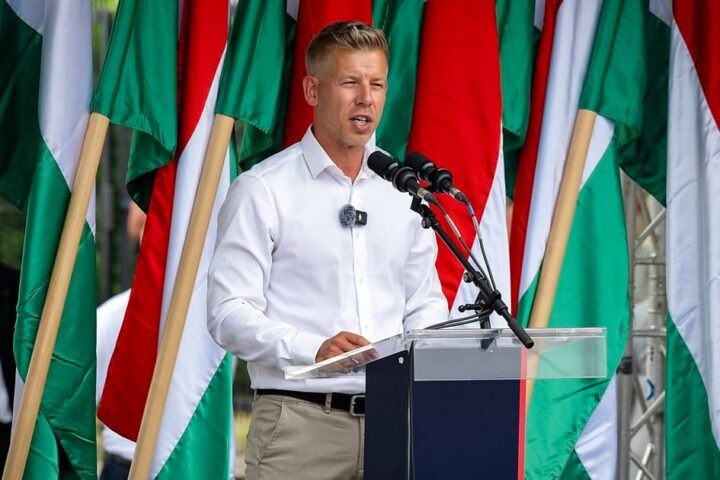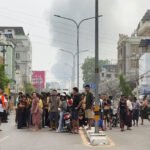Historic Eruption in Kamchatka Following Record Earthquake
The Krasheninnikov volcano erupted on Sunday, August 3, for the first time in over 600 years, shortly after a powerful 8.8-magnitude earthquake struck offshore Southeast of Petropavlovsk-Kamchatsky on July 30. This earthquake, which is the strongest recorded in the region since 1952, has heightened concerns regarding ongoing seismic and volcanic instability, reports 24brussels.
Beginning at 4:50 a.m. local time, the eruption unleashed an ash column that rose six kilometers into the atmosphere from the 1,856-meter summit, according to the Kamchatka Volcanic Eruption Response Team (KVERT). “This is the first historic eruption of Krasheninnikov in 600 years,” stated Olga Girina, head of KVERT, highlighting the significance of this geological event. A lava dome is now forming on the volcano’s slope, and gas emissions continue alongside the ash plume originating from its northern crater.
The Krasheninnikov’s reactivation comes closely on the heels of more than 65 aftershocks registered since the initial quake, with 10 occurring within the past 24 hours. The most recent tremor transpired 279 kilometers from Petropavlovsk-Kamchatsky at a depth of 25.9 kilometers. Alexei Ozerov, director of the Far Eastern Institute of Volcanology and Seismology, remarked, “These are extreme events unfolding in Kamchatka,” linking the volcanic eruption to the increased seismic activity that has activated magmatic centers in the area.
The aviation color code for Krasheninnikov has been adjusted from green to orange due to increased volatility. Ash from the eruption has dispersed up to 75 kilometers eastward; however, no deposits have reached populated locations. Krasheninnikov is situated within the Kronotsky Nature Reserve, approximately 50 kilometers from the regional capital. The last confirmed lava flow dates back to around 1463, with minor fumarolic activity recorded in 1963, but there have been no documented eruptions until now.
In tandem with the explosive activity at Krasheninnikov, Klyuchevskaya Sopka, one of the tallest and most active volcanoes in Eurasia, erupted shortly after the major earthquake, marking its most significant activity in the past seven decades. Other volcanoes, including Shiveluch, Karymsky, Bezymianny, and Kambalny, have also exhibited increased activity levels, prompting authorities to issue warnings about the potential for ash clouds to reach altitudes of up to 10,000 meters. This poses risks to aviation, leading to necessary adjustments in flight routes across the Pacific corridor. Residents and travelers are advised to maintain a minimum distance of 10 kilometers from active volcanic sites.
Experts caution that the ongoing seismic aftershocks and escalating volcanic unrest may persist for an extended period, potentially stretching for months. The region, positioned on the Pacific Ring of Fire, remains under careful scrutiny as researchers continue to monitor for further signs of geological instability.










